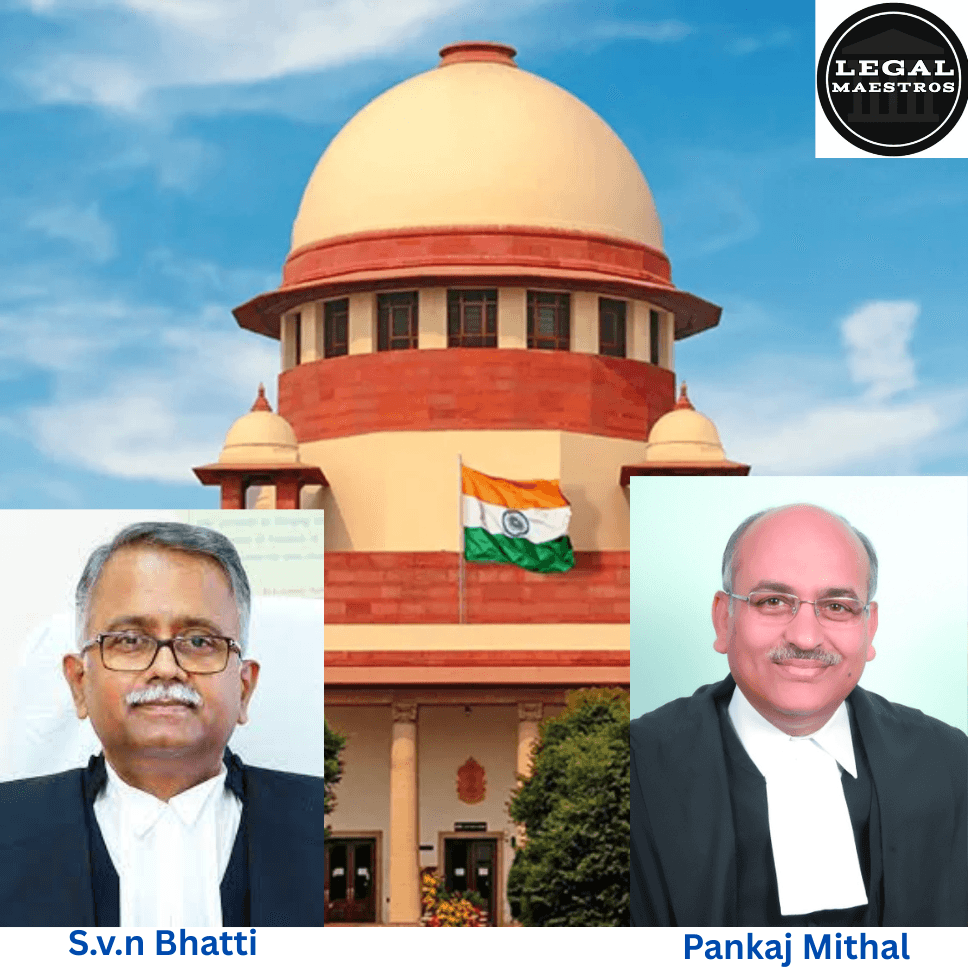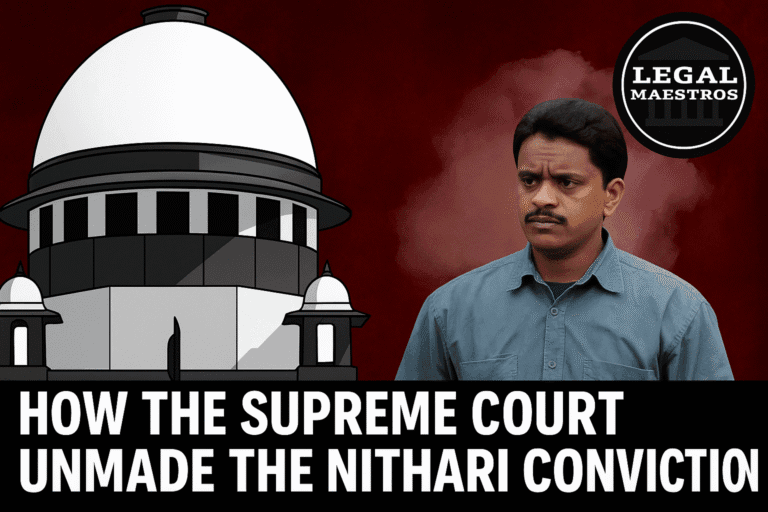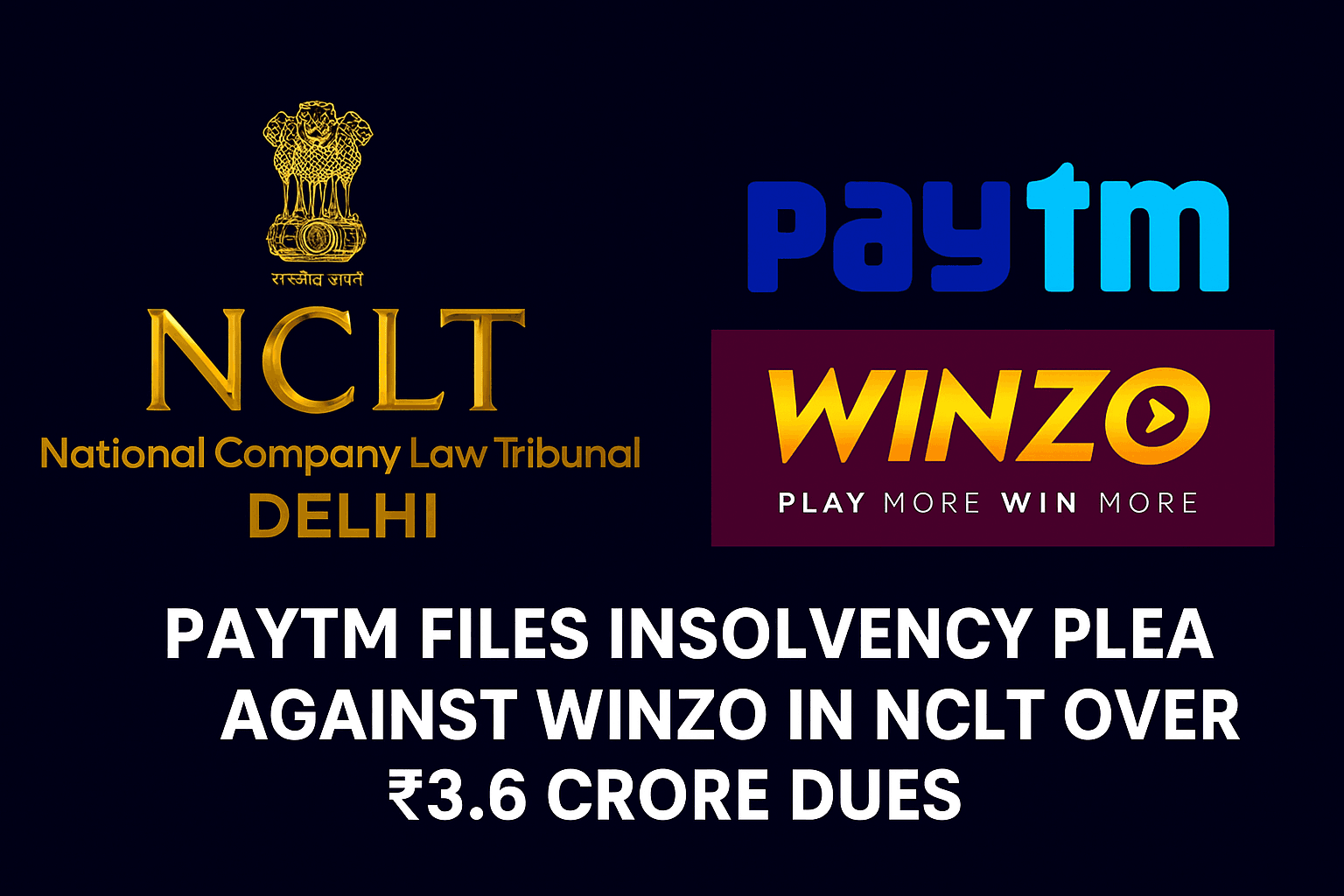
Justice Pankaj Mithal and Justice S.V.N. Bhatti Clarify Limitation Law in Will Disputes: A Bar on Delayed Civil Suits
Introduction
In a key judgment that was handed down on April 15, 2025, the Supreme Court of India, which was comprised of the Honorable Mr. Justice Pankaj Mithal and the Honorable Mr. Justice S.V.N. Bhatti, provided clarification on the legal position concerning the filing of declaratory civil proceedings contesting wills and codicils. The case that was brought before the court and given the name “Nikhila Divyang Mehta and Others v. Hitesh P. Sanghvi and Others” was about the dismissal of a civil lawsuit on the grounds that it was filed after the legally authorized amount of time had passed. The provisions of the Code of Civil Procedure and the Limitation Act were utilized by the Court in order to ascertain whether or not the suit exceeded the time limit for filing a lawsuit and whether or not such a lawsuit may be dismissed at the threshold stage.
The Reality of the Situation
Immediately after the passing of one Pramod Kesurdas Sanghvi, a legal conflict erupted within the family units of the deceased. It was in 2017 when his son, the plaintiff Hitesh P. Sanghvi, brought a civil complaint against his sisters and nephew, seeking a declaration that the Will dated February 4, 2014 and the Codicil dated September 20, 2014, which were supposedly executed by their late father, were invalid and unenforceable. In addition to this, he endeavored to obtain a permanent order that would prevent the defendants from engaging in any transactions that involved these documents.
It was during the first week of November 2014, not long after his father passed away on October 21, 2014, that the plaintiff became aware of the Will and Codicil, as stated in the plaint. The lawsuit was submitted on November 21, 2017, despite the fact that it was filed considerably later. In accordance with the provisions of Order VII Rule 11(d) of the Code of Civil Procedure, the defendants submitted a request to have the complaint dismissed on the grounds that it was restricted by the statute of limitations.
For any queries or to publish an article or post or advertisement on our platform, do call at +91 6377460764 or email us at contact@legalmaestros.com.
The application submitted by the defendants was granted, but the complaint was dismissed by the trial court. This verdict, however, was overturned by the High Court, which stated that the question of limitation required proof and could not be resolved at the first stage of the process. A further appeal was filed by the defendants with the Supreme Court.
Legal Provisions Being the Primary Focus
Two of the most important legal provisions were evaluated by the Supreme Court. In the first place, there was Order VII Rule 11(d) of the Code of Civil Procedure, 1908, which gives a court the authority to dismiss a complaint if, based on the assertions included within the complaint itself, it appears that the lawsuit is prohibited by any legislation. The provisions of this clause give the court the authority to determine whether or not a suit can be maintained only on the basis of the contents of the plaint, without asking the parties to provide any proof.
Article 58 of the Limitation Act of 1963, which applies to lawsuits seeking any declaration that is not specifically covered by other articles, was the second clause that was taken into consideration. Under the provisions of this article, the statute of limitations is set at three years from the date on which the right to sue was initially acquired. In its decision, the Supreme Court underlined that the phrase “when the right to sue first accrues” is decisive and refers to the moment when the plaintiff first becomes aware of the alleged wrong or legal injury.
For any queries or to publish an article or post or advertisement on our platform, do call at +91 6377460764 or email us at contact@legalmaestros.com.
The main problem at hand
The primary issue that was brought before the court was whether or not the lawsuit that was filed by the plaintiff on November 21, 2017, fell within the allotted time frame of three years for beginning legal action. It was in the first week of November 2014 that the plaintiff confessed in the complaint that he had first been aware of the Will and Codicil. According to his own admission, the limitation period started at that time and lasted until the first week of November in 2017. Due to the fact that the lawsuit was submitted beyond this time frame, the trial court had made the correct decision that it was barred by time.
The High Court, on the other hand, was of the opinion that the issue of limitation involved facts that were in dispute and evidence that was required. In addition, it was decided that the entire complaint should not be dismissed, even if a portion of the relief was denied due to limitations. This approach was met with unequivocal opposition from the Supreme Court.
The Supreme Court’s Analysis and Thinking on the Matter
For the purpose of writing the judgment for the bench, Justice Pankaj Mithal came to the conclusion that the High Court made a mistake when it allowed the matter to proceed despite the fact that it was obviously prohibited by limitation. It was highlighted by the court that there is no requirement to review evidence or listen to arguments from the defendants when the plaint itself demonstrates that the claim was filed after the authorized period of time. As per the provisions of Section 3 of the Limitation Act, the court is required to dismiss any and all lawsuits that are brought after the limitation period has passed, regardless of whether or not the defendant brings up the issue of limitation.
For any queries or to publish an article or post or advertisement on our platform, do call at +91 6377460764 or email us at contact@legalmaestros.com.
The attempt by the High Court to discriminate between “knowledge” and “full knowledge” of the Will was similarly rejected by the Court. This argument was deemed to be fabricated, and it was not supported by the pleadings that were included in the complaint. The plaintiff had said that he became aware of the Will and Codicil during the first week of November in the year 2014. Additionally, there was no additional evidence or pleading that demonstrated that he obtained “full” knowledge at a later time. Following the plaintiff’s admission that they were aware of the situation, the court determined that the statute of limitations had certainly begun.
The nature of the reliefs that were sought was another significant discovery that was made. Specifically, the Supreme Court made it clear that the fundamental relief was for the declaration of the Will and Codicil as null and void, and that all other reliefs, such as injunctions, were merely “consequential.” Following the limitation that prevented the main relief from being granted, the other reliefs were unable to stand on their own. As a result, the entire complaint had to be dismissed.
For More Updates & Regular Notes Join Our Whats App Group (https://chat.whatsapp.com/DkucckgAEJbCtXwXr2yIt0) and Telegram Group ( https://t.me/legalmaestroeducators )
For any queries or to publish an article or post or advertisement on our platform, do call at +91 6377460764 or email us at contact@legalmaestros.com.
Legal Clarifications That Are Very Important Regarding Limitation
Several important clarifications on the limitations of civil proceedings are provided by this judgment, including the following:
The first thing that the Supreme Court did was establish that limitation is not merely a matter of legal technicalities but rather a fundamental legal obligation. Without a proper legal provision that permits it, the courts do not have the authority to extend the statute of limitations.
In the second place, it was established that the CPC’s Order VII Rule 11(d) can be used to dismiss a complaint if the limitation issue is obvious from the very beginning of the complaint itself. If the facts are not in dispute, the courts do not have to wait for a complete trial before making a decision about limitation.
For any queries or to publish an article or post or advertisement on our platform, do call at +91 6377460764 or email us at contact@legalmaestros.com.
Third, the Court explained that the relief of declaration that is required by Article 58 of the Limitation Act must be requested within three years of the initial occurrence of the circumstance that gives birth to the cause of action. As long as it is the first time that the right to sue arises, this normally implies that the time period begins from the date of death or from the date of knowledge of the will, whichever comes first. This is the case in the context of wills.
In the case of Nikhila Divyang Mehta and Others versus Hitesh P. Sanghvi and Others, the Supreme Court upheld the order of the lower court and dismissed the complaint on the grounds that the suit was “ex-facie barred by limitation.” The decision was made by the Honorable Mr. Justice Pankaj Mithal and the Honorable Mr. Justice S.V.N. Bhatti, who delivered a verdict that was both clear and firm, highlighting the fact that limitation laws in civil proceedings are legally binding.





![Research Assistantship @ Sahibnoor Singh Sindhu, [Remote; Stipend of Rs. 7.5k; Dec 2025 & Jan 2026]: Apply by Nov 14, 2025!](https://legalmaestros.com/wp-content/uploads/2025/11/Gemini_Generated_Image_s0k4u6s0k4u6s0k4-768x707.png)
![Karanjawala & Co Hiring Freshers for Legal Counsel [Immediate Joining; Full Time Position in Delhi]: Apply Now!](https://legalmaestros.com/wp-content/uploads/2025/11/Gemini_Generated_Image_52f8mg52f8mg52f8-768x711.png)